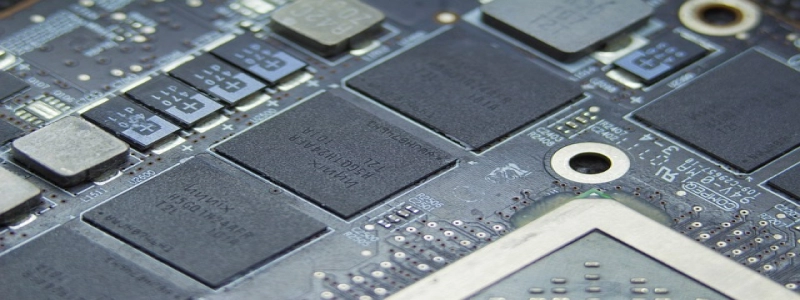Ethernet Cable Color Coding
介紹:
Ethernet cables are commonly used to connect devices in a local area network (LAN). These cables transmit data at high speeds, allowing for efficient communication between devices. To ensure proper connectivity, Ethernet cables are color-coded according to a specific standard. 在本文中, we will explore the color coding used for Ethernet cables and understand its significance.
Types of Ethernet Cables:
Ethernet cables are available in various types, including the widely used Category 5 (Cat5), 類別 6 (Cat6), and Category 6A (Cat6a) cables. These cables differ in their bandwidth capabilities, with Cat5 offering basic speeds, Cat6 providing faster speeds, and Cat6a capable of even higher data transfer rates. Regardless of the type, Ethernet cables follow a similar color coding pattern for their internal wiring.
Color Coding of Ethernet Cables:
The color coding scheme for Ethernet cables is known as the TIA/EIA-568 standard, which specifies the color order and arrangement of the eight wires within the cable. This standard ensures consistency and compatibility across different network setups. The color coding scheme applies to both the RJ-45 connectors (used for connecting cables to devices) and the internal wiring within the cable itself.
The TIA/EIA-568 standard designates different colors for each of the eight wires in the Ethernet cable. The color coding pattern is as follows:
1. Pin 1 (White/Orange)
2. Pin 2 (Orange)
3. Pin 3 (White/Green)
4. Pin 4 (Blue)
5. Pin 5 (White/Blue)
6. Pin 6 (Green)
7. Pin 7 (White/Brown)
8. Pin 8 (Brown)
The arrangement of these colors may vary depending on whether the cable is a straight-through or crossover cable. A straight-through cable is used for connecting different types of devices (e.g., a computer to a switch or a router), while a crossover cable is used for connecting similar devices (e.g., computer to computer or switch to switch).
Importance of Ethernet Cable Color Coding:
Ethernet cable color coding is vital for ensuring proper connectivity and avoiding network issues. By following the TIA/EIA-568 standard, technicians and network administrators can quickly identify and troubleshoot any wiring problems. If the colors are not arranged correctly, it may result in an unreliable connection or no connection at all.
Moreover, the color coding allows for easy identification of specific wires when terminating or crimping Ethernet cables. When constructing or repairing network cables, it is essential to correctly match the colors with their respective pins on the connectors. This ensures that the cable is correctly wired and will provide optimal performance.
結論:
Ethernet cable color coding plays a crucial role in maintaining reliable network connectivity. The TIA/EIA-568 standard provides a uniform scheme for arranging the wires within Ethernet cables, ensuring compatibility and ease of troubleshooting. By understanding the color coding system, network technicians can efficiently install, repair, and maintain Ethernet connections, facilitating smooth communication between devices in a LAN.







